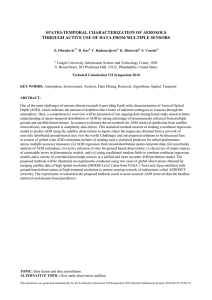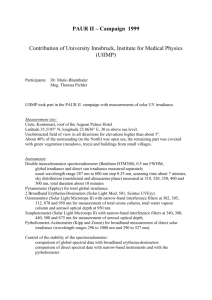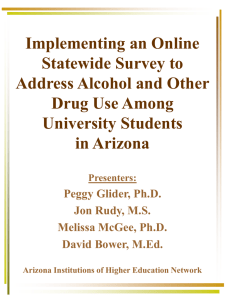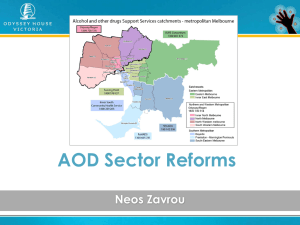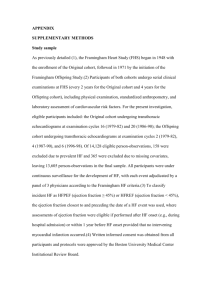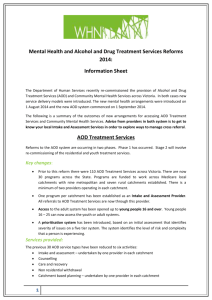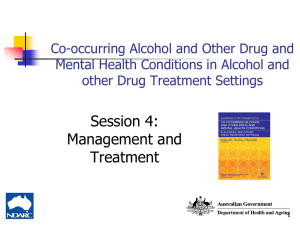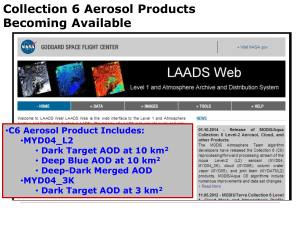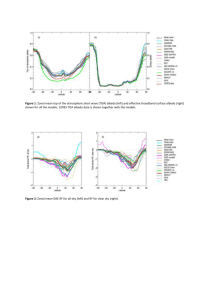joc4355-sup-0001-AppendixS1
advertisement
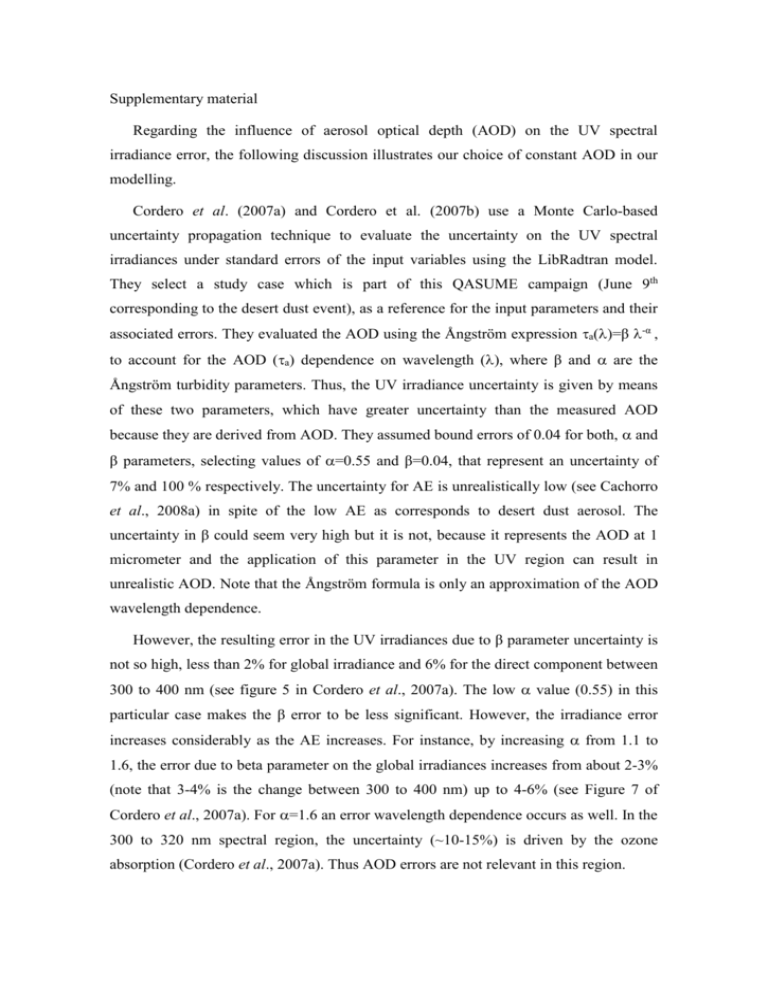
Supplementary material Regarding the influence of aerosol optical depth (AOD) on the UV spectral irradiance error, the following discussion illustrates our choice of constant AOD in our modelling. Cordero et al. (2007a) and Cordero et al. (2007b) use a Monte Carlo-based uncertainty propagation technique to evaluate the uncertainty on the UV spectral irradiances under standard errors of the input variables using the LibRadtran model. They select a study case which is part of this QASUME campaign (June 9th corresponding to the desert dust event), as a reference for the input parameters and their associated errors. They evaluated the AOD using the Ångström expression a()=β -α , to account for the AOD (a) dependence on wavelength (), where β and are the Ångström turbidity parameters. Thus, the UV irradiance uncertainty is given by means of these two parameters, which have greater uncertainty than the measured AOD because they are derived from AOD. They assumed bound errors of 0.04 for both, and β parameters, selecting values of =0.55 and β=0.04, that represent an uncertainty of 7% and 100 % respectively. The uncertainty for AE is unrealistically low (see Cachorro et al., 2008a) in spite of the low AE as corresponds to desert dust aerosol. The uncertainty in β could seem very high but it is not, because it represents the AOD at 1 micrometer and the application of this parameter in the UV region can result in unrealistic AOD. Note that the Ångström formula is only an approximation of the AOD wavelength dependence. However, the resulting error in the UV irradiances due to β parameter uncertainty is not so high, less than 2% for global irradiance and 6% for the direct component between 300 to 400 nm (see figure 5 in Cordero et al., 2007a). The low value (0.55) in this particular case makes the β error to be less significant. However, the irradiance error increases considerably as the AE increases. For instance, by increasing from 1.1 to 1.6, the error due to beta parameter on the global irradiances increases from about 2-3% (note that 3-4% is the change between 300 to 400 nm) up to 4-6% (see Figure 7 of Cordero et al., 2007a). For =1.6 an error wavelength dependence occurs as well. In the 300 to 320 nm spectral region, the uncertainty (~10-15%) is driven by the ozone absorption (Cordero et al., 2007a). Thus AOD errors are not relevant in this region.

